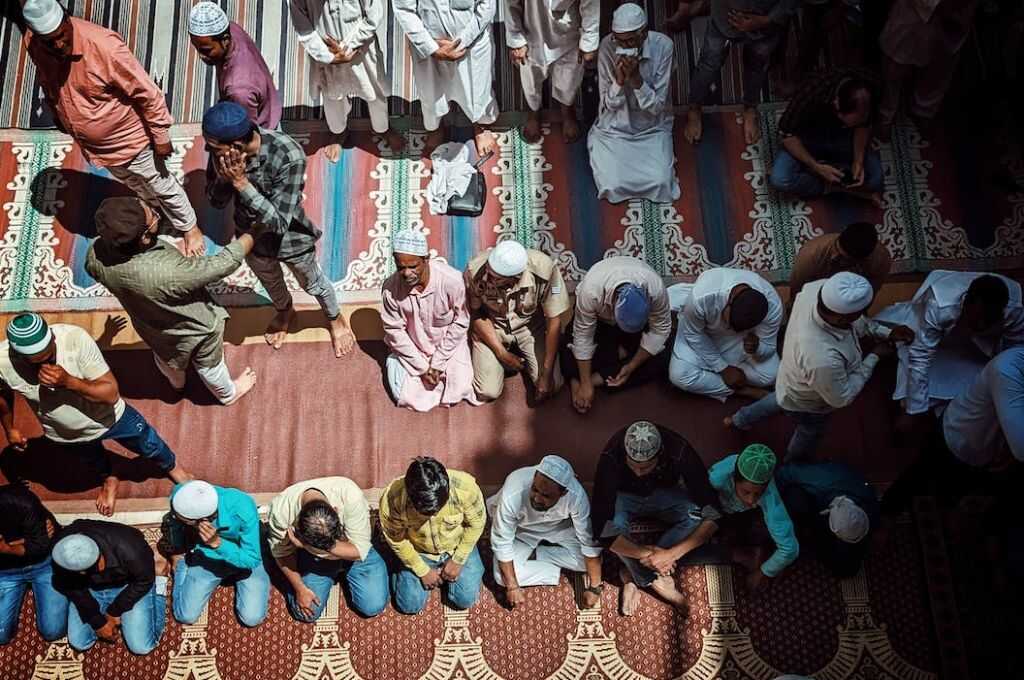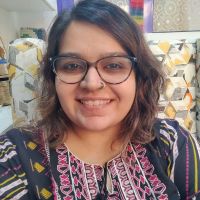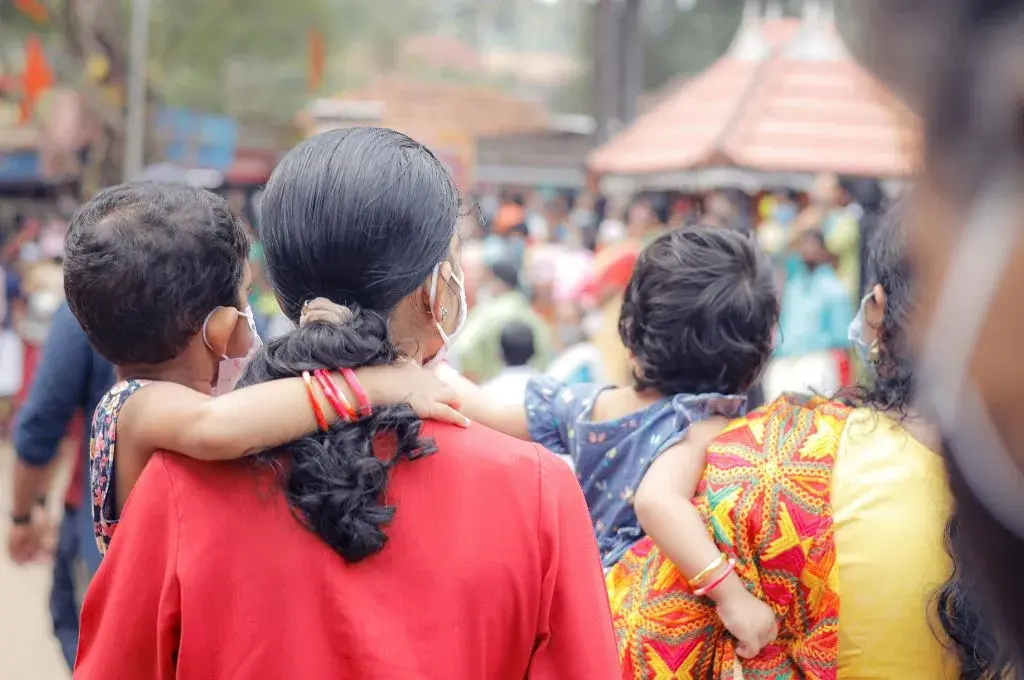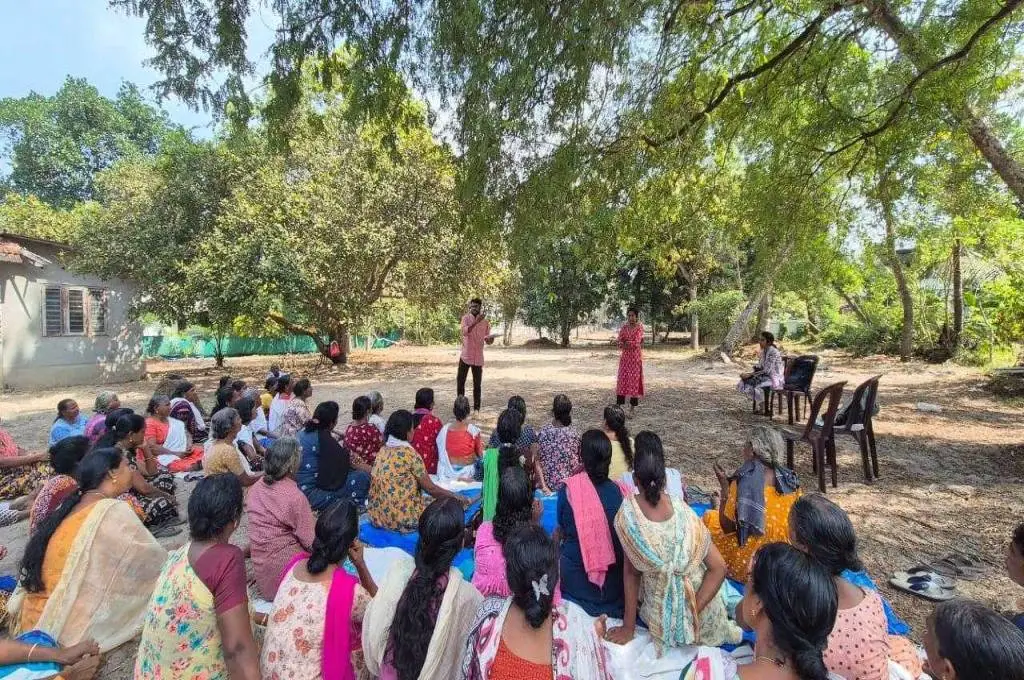In his lecture ‘The Mental Pain of Minorities’, Indian-origin American psychoanalyst Dr Salman Akhtar mentions that a minority community is not just a statistical measure, but it is also people who face economic deprivation, a certain social reality of exclusion, and lack of political representation. This is true for minorities across national borders—be it Hindus in Pakistan, Muslims in India, Jews in Nazi Germany, Palestinians in present-day Gaza, or those marginalised by sexuality, gender, and caste anywhere in the world. He further highlights that a person from a minority community is either stared at or not seen at all; their presence is not ‘normal’.
One can look at the example of a Muslim Indian who carries the double identity of being an Indian and a Muslim wherever they go. Sometime ago, I was thinking of moving out of my family home due to space constraints; however, the only houses that I was shown by real estate agents were in Muslim-dominated societies or were very dingy, unkempt flats, where the owners were too focused on finding a tenant to care about identities. There was a clear refusal on all the well-ventilated and better-located societies and flats because I am a Muslim. Mine is just one of the many narratives of house-hunting failures that are frequently shared on social media.
People are subjected to state violence every day but, even in these cases, journalists and human rights activists have pointed out a clear prejudice against Muslims in recent times. Their houses have been demolished, they have suffered physical violence, and they are often at the receiving end of hate speeches. Even when they aren’t direct targets of systemic injustice, their multiply marginalised identity increases their struggle. For example, the Supreme Court verdict against the legalisation of same-sex marriages was painful for all queer/trans Indians and their allies, but perhaps it is worse for Muslim trans and queer people because a favourable judgement could have given protection to their interfaith/intercaste unions. Similarly, oppressed-caste Muslims not only bear the brunt of Islamophobia from the outside but also of casteism from within the community.

This has multifold effects on the psyche of the community:
- A Muslim person suppresses their helplessness, suffocation, and rage, which could lead to them feeling low and experiencing numbness and anxiety. In some cases, this frustration can lead to further violence against women and children who are less likely to strike back.
- Being the target of everyday violence in the form of lynching, police brutality, and orchestrated riots can lead to depression, hopelessness, disassociation, and so on.
- Another concern is the lack of opportunities to participate in political and decision-making spaces and, therefore, the internalised guilt that minorities may have of not being able to progress beyond a certain limit. For example, we see how small the number is of Muslims who are part of government bodies or are parliamentary members and judges. Many Muslims feel out of place when aspiring to break free from their predestined lives as determined by discrimination and exclusion.
No government body has specifically recognised the rise of Islamophobia and, thus, there is no record of the mental health impact of the same. In the absence of a formal state response, the question that we need to answer next is, what has been the response of India’s mental health professionals, community mental health organisations, and disaster management bodies to the plight of Muslim Indians?

Denial, stopgap solutions, and political apathy
According to a report by Keshav Desiraju India Mental Health Observatory, India’s mental health budget is 1.03 percent of the health budget, which makes the lack of political will obvious. As the report further notes, most of the money is given to two or three big hospitals and the Tele MANAS helpline (state-level toll-free counseling helplines) only recognises the most debilitating clinical illnesses—such as severe schizophrenia, depression, and OCD. Milder mental health issues (anxiety, mild depression, relationship concerns, body image and self-esteem issues, and so on), prevention, or the contribution of social realities on mental health are not given importance.
The fact that we don’t have clear data on the number of non-upper-caste Hindu providers speaks to how this identity is considered a default.
Even the mental health community has been fixated on seeing individuals in clinical vacuums, devoid of context and social realities. There are many reasons for this. First, as the French philosopher Michel Foucault identified, madness is often understood without context in order to isolate and treat the person rather than to change the system. Second, those who can go to medical school or study psychology need several social and economic privileges to access a college education. The group that forms the profession then is not representative of everyone and, therefore, tends to ignore or not think deeply about the intersections affecting marginalised people. The fact that we don’t have clear data on the number of non-upper-caste Hindu (Dalit/Muslim) providers speaks to how this identity is considered a default and not an issue worth thinking about.
After the attack on Meo Muslims in Nuh and the incident where a Railway Protection Force officer opened fire at four passengers in Maharashtra, I wrote to many psychology/psychiatry bodies such as the National Academy of Psychology, Indian Psychiatric Society, and the Google group called Indian Psychologists to take cognisance of how hatred against Muslims takes a toll on their mental health, provide guidelines for therapists to work with the vulnerable community, and publish a statement in solidarity with them. I did not get a reply from most of them, and the moderator of Indian Psychologists told me that they can’t share my e-mail among the members as the letter was not ‘neutral enough’. They said that the opinion in the letter is more likely to further hate because it is assuming a political position. I was not sure if I should feel worse about the organisations not willing to take a political stand or the apathy of the group that responded.

There have been times when the mental health community has come together to support multiply marginalised people. During the Shaheen Bagh protests, pro bono service provision was organised by well-meaning therapists and community organisations, just like there was some disaster intervention by members from the field during the Bhuj earthquakes and other tragedies. However, overall, the field is quite dormant and not organised enough to respond to these problems.
It will require the coming together of the government, mental health community, researchers, and even faith-based institutions to change this scenario.
Building a mental health ecosystem that recognises intersectional violence
Here are some steps to build a system that recognises the effect of Islamophobia on the mental health of the Muslim community and also makes proactive interventions:
1. Hiring, sensitising, and training better professionals
India doesn’t have enough mental health professionals to cater to its vast population, and thus the community functions with limited resources. Even the available professionals lack adequate training, and don’t go through proper licensing processes and quality checks.
The mental health profession in its current form fails to see social realities and respond in real time. While there are organisations addressing specific issues of inequality (gender rights, queer rights, etc.), it is optional for mental health professionals to be aware or integrated with their work, which is why they do not feel this engagement to be useful. We can learn from the good practices in the West such as the Stanford Muslim Mental Health pages on social media—run by the Muslim Mental Health and Islamic Psychology Lab—that are addressing the issues of mental health of Muslims in real time, or the work done by Lucy Johnstone and colleagues in the UK where they created the ‘power threat meaning framework’ as an alternative and more contextual understanding of mental health that centres lived experience.
2. Conducting contextual research that informs therapy
While there is worldwide research on the impact of disparity on mental health, the unique contexts of Indian minorities’ mental health is largely missing. In recent times, there have been attempts at correcting the balance. For example, a report by Bebaak Collective (a coalition of autonomous women’s groups) investigates the physical and emotional impacts of extremist violence on Muslims and a paper written by Diane Coffey, Aashish Gupta, and Meghana Mungikar shows that caste minorities and Muslims have the worst mental health in India. However, these are still in the sociology–academia realm and have not percolated into clinical and practice literature yet. They do not, therefore, touch upon the training of therapists and psychiatrists in a large way. There is a requirement for more clinical research that looks at the variables of caste, gender and minority religion status, the mental health impact of living in India for such populations, as well as their mental health needs, and interventions need to be designed accordingly.
The most important part is that this research needs to reach students of psychology and psychiatry and professionals in the field. These studies should be included in the mental health curriculum and we also need a licensing structure in place where, in order to retain one’s license, professionals must continue education credits that help them catch up with new concepts they have not learned.
3. Collaborating with faith-based institutions
Masjids, Islamic boards, and Islamic committees within the country should recognise mental health and social disparity and address these issues at meetings and seminars. They can also help in raising funds for research, intervention, and advocacy in order to bring the lived experience of the average Muslim to the fore.
Faith-based organisations have a far wider reach for Muslims across the country.
Recently, I was invited by the Jama Masjid board in Mumbai to be part of their mental health initiative. While the conversation is still at the planning stage, it seems to be a good attempt at conducting a very important collective dialogue. Faith-based organisations like these have a far wider reach for Muslims across the country. The family counseling centre run by Jama Masjid is an excellent initiative to look at domestic disputes and the need for psychological services, and the Dawa Dua project that functions from within dargahs to provide psychosocial services in cooperation with the shrine mujawars (priests) is another great idea.
4. Making Muslims in India feel included
Dr Akhtar suggests that minorities can be made to feel a part of society by restoring their civil rights, recognising the fact that minority cultures have their own vitalities, and making sure that they are part of the social iconography—statues, street names, currency, holidays, and so on. We can see the opposite happening, with Muslim names and histories being erased by the current government in India.
People from the minority communities, including social and cultural activists and media professionals, can play an important part in helping the community reclaim its place in society. While feelings of victimisation are understandable, they can take cues from reformers such as Fatima Sheikh, the Phules, and Dr Ambedkar to educate, agitate, and organise. There have been some laudable attempts by civil society organisations such as Bebaak Collective, podcasts like ‘Main Bhi Muslim’, and virtual communities like The Queer Muslim Project (QMP). For example, QMP works for the visibility of queer Muslims, and routinely highlights the conflict queer Muslims face while balancing their religious/spiritual identity and sexual/gender identity.
Reinventing India’s shared social fabric
In India’s current political landscape, it is possible that no one—neither the majority nor the minority—is feeling well integrated. We have a lot of unprocessed trauma from pillaging rulers and especially from the British times, famines and wars, and, most importantly, the Partition. Instead of healing these wounds, those with vested interests keep poking at them to rip apart collective unity.
We need to bring back concern for others and thoughtfulness in how our actions impact others, especially if they are from a marginalised background. Apart from system changes within the mental health space, perhaps the well-being of minorities and the country as a whole depends on the reinvention of a common shared fabric of decency and on us being able to talk to and care for each other.
This article was updated on November 14, 2023, to change India Mental Health Observatory to Keshav Desiraju India Mental Health Observatory.
—
Know more
- Read this transcript of a podcast on the future of mental health for the Muslim community.
- Read this article on how mental healthcare is failing marginalised populations.
- Read this article calling for the mental health community to take cognisance of the social suffering of Muslims.




